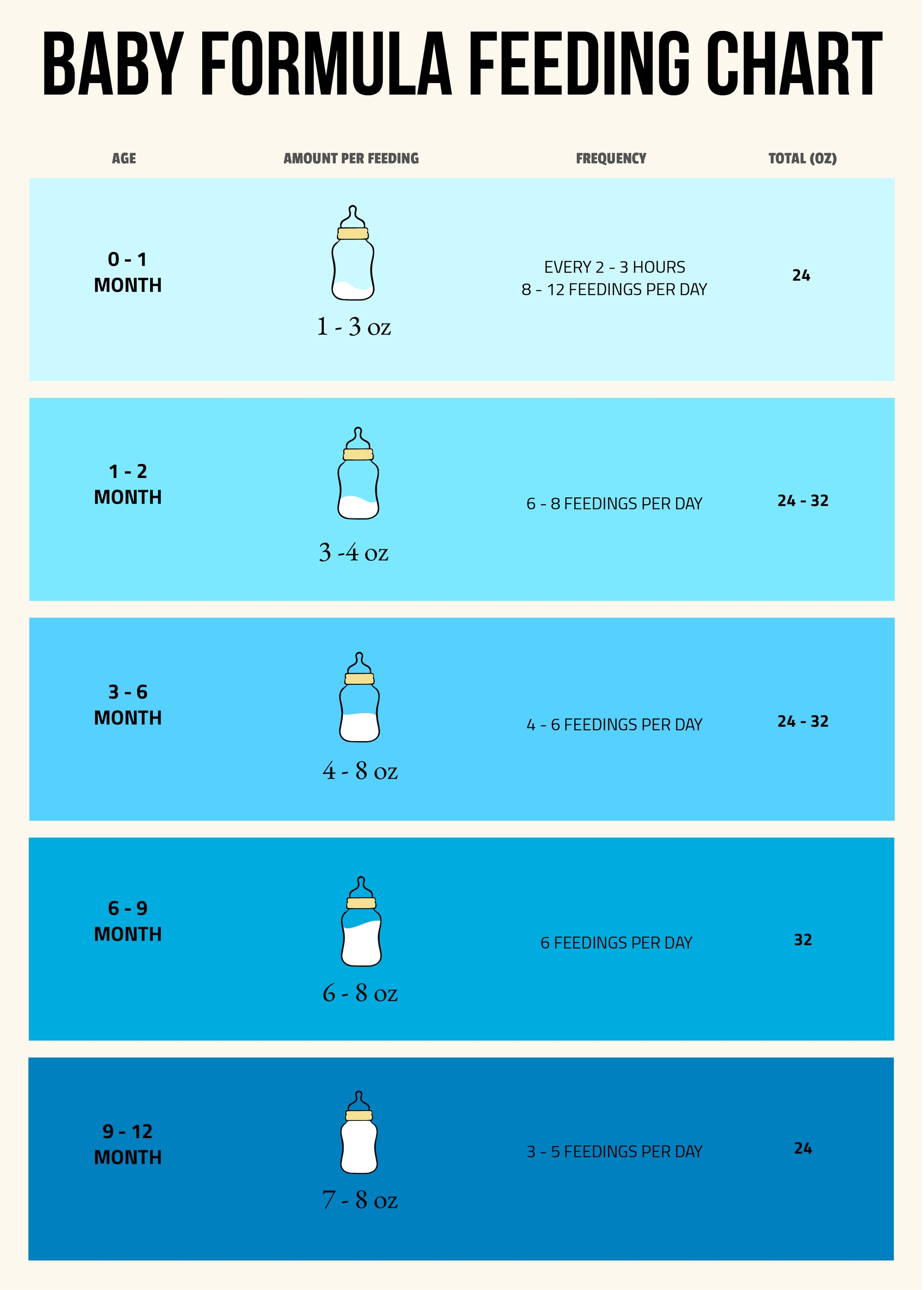This concept helps you examine future revenue streams with current funding opportunities, allowing you to make informed financial choices. By plugging within the values and fixing the formula, you possibly can determine the quantity you’d want to invest today to receive the longer term stream of funds. In this example, with a 5 p.c rate of interest, the present worth might be round $4,329.48. This formulation considers the influence of both common contributions and curiosity earned over time.
It calculates the current amount of cash you’d want to speculate at present to generate a stream of future payments, contemplating a specific interest rate. You can reverse the future worth method to determine an asset’s current value. In different words, assuming the same investment assumptions, $1,050 has the current value of $1,000 today. Future worth (FV) is the worth of a present asset at a future date primarily based on an assumed growth fee. Buyers and financial planners use it to estimate how much an funding at present might be value in the future. In this equation, the current worth of the investment is its price at present, and the long run value is its face worth.
- Using the same 5% interest rate compounded yearly, the answer is about $784.
- The penalty is calculated as 5% of unpaid taxes for each month a tax return is late, up to a limit of 25% of unpaid taxes.
- Think About investing $1,000 on Oct. 1 instead of Oct. 31 — it features an extra month of curiosity progress.
- But annuities may additionally be extra of a general idea used to describe something that’s broken up into a sequence of payments.
Fortuitously, in plenty of cases, we need not do any of this fancy math to calculate the rate of interest within the monetary world. For short-term investments, like Treasury payments (T-bill), this formula is correct and far less complicated than our first equation. The sum of all the discounted FCFs quantities to $4,800, which is how much this five-year stream of money flows is price at present.
Advantages Of Using The Future Value Formulation

Imagine investing $1,000 on Oct. 1 as a substitute of Oct. 31 — it positive aspects an extra month of interest growth. Imagine you plan to invest a hard and fast amount, say $1,000, yearly for the next five years at a 5 percent rate of interest. The first $1,000 you make investments earns curiosity for a longer period in comparability with subsequent contributions. In simpler phrases, it tells you how much cash the annuity shall be worth after all of the funds are obtained and compounded with interest.
Present worth is necessary because it permits an investor or a business executive to evaluate whether some future consequence shall be price making the investment today. In the current value formula proven above, we’re assuming that you understand the future value and are fixing for current worth. You can incorporate the potential results of inflation into the present value formula by utilizing what’s often identified as the real rate of interest rather than the nominal rate of interest.
Instance: You Would Possibly Be Promised $800 In 10 Years Time What’s Its Present Value At An Interest Rate Of 6% ?

To calculate Current Worth in actual life, you should know the lengthy run money flows of an investment and the Low Cost Fee, which represents your alternative value or anticipated annualized return. The future worth method is an important software in finance, enabling traders and monetary planners to project the value of right now’s investments at a future date, considering assumed progress rates. It supplies a framework for making informed decisions, assessing potential profits, and planning financial objectives.

Nevertheless, for added investments (or even withdrawals), the method needs to be adjusted to deal with these money flows. An annuity formulation is used to find the current and future value of an quantity. An annuity is a set amount of earnings that is given annually or at common intervals. The annuity method is used to search out the present and future worth of an amount. The concept of future worth is often carefully tied to the idea of present value. Future value finds an asset’s value in the future, whereas current worth finds its worth right now.
If this is not the case, then we would need https://www.simple-accounting.org/ to create a extra in-depth spreadsheet to properly capture every little thing. In the above screenshot, we divided the rate of interest by 12 to acquire a month-to-month interest rate. Moreover, we multiplied the number of years by 12 to mirror that there are 24 compounding periods over two years. Moreover, the dimensions of the low cost applied is contingent on the opportunity cost of capital (i.e. comparison to other investments with similar risk/return profiles). The core premise of the current value principle relies on the time value of cash (TVM), which states that a greenback right now is price more than a dollar received in the future. The time worth of cash (TVM) precept, which states that a dollar acquired at present is price more than a dollar acquired on a future date.
Therefore, it’s essential to seek professional financial recommendation when dealing with different financial situations, tax implications, and funding methods. The future worth is just the anticipated future worth of an funding made right now. The future worth method assumes the funding will grow at some price over a selected time interval. The low cost rate is highly subjective because it is the speed of return you might anticipate to receive when you invested right now’s dollars for a period of time, which can only be estimated.
Of course, each calculations could be proved mistaken should you select the mistaken estimate on your fee of return. Calculating current worth permits an investor to match the potential efficiency of various investments by figuring out the present worth of the number of dollars that each funding will return by a future date. The downside is that your expectations for the annualized returns don’t align with the seller’s. We are utilizing 8% / 2 somewhat than 8% as a end result of that is semiannual compounding, so we have to divide the annualized return by 2 to get the 4% that compounds in every half-year interval.